I’ve been doing this seal gig for a while now and there are times when I think I’ve seen just about every kind of seal and seal application out there – especially in the industrial and off-road markets.
I haven’t. Almost every day I get asked a question that I don’t know the answer to; about a part, an application, a manufacturer.
I rely on a lot of resources.
 I am reminded of this as one of my colleagues just returned from the latest NFPA Conference (National Fluid Power Association). Just one of the many associations specific to the seal and fluid power industry. The resources available via networking, seminars, or even conversation over breakfast can be game changers. More arrows (resources) for the quiver.
I am reminded of this as one of my colleagues just returned from the latest NFPA Conference (National Fluid Power Association). Just one of the many associations specific to the seal and fluid power industry. The resources available via networking, seminars, or even conversation over breakfast can be game changers. More arrows (resources) for the quiver.
We are members of the ISD (International Seal Distributors Association). Another great network of peers doing what I do every day. Great resources. More arrows.
Even internally, I am constantly going to my internal team for suggestions, solutions, how, who, what etc. I work with a talented group of people dedicated to serving our customer needs and being our customer’s best resource for seal applications and requirements. They are pretty good at what they do – and pretty good at knowing when we need to access reliable resources.
So yes, ESP International is a resource. A very good seal resource. Get to know us. We want to be the sharpest arrow in your quiver.

Don Grawe is Director of Seal Markets for ESP International. He has over 20 years of experience in the seal industry serving the OEM industrial marketplace. You can learn more about ESP International at https://www.espint.com




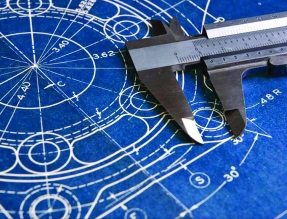
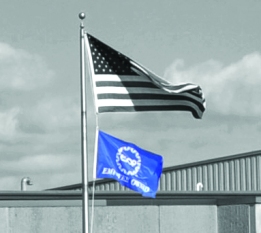
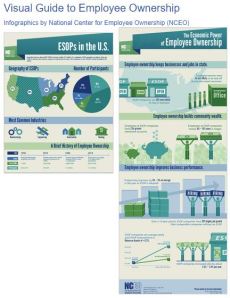


 Managed Inventory) for a few very good reasons, they need parts, need to minimize inventory dollars, and want to minimize administration. Makes sense, that’s why VMI programs exist. But here’s the deal, let’s not reinvent the o-ring.
Managed Inventory) for a few very good reasons, they need parts, need to minimize inventory dollars, and want to minimize administration. Makes sense, that’s why VMI programs exist. But here’s the deal, let’s not reinvent the o-ring.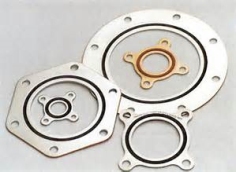
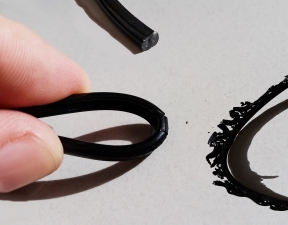

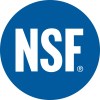


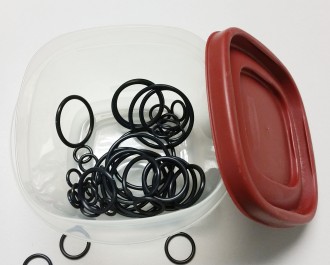





You must be logged in to post a comment.